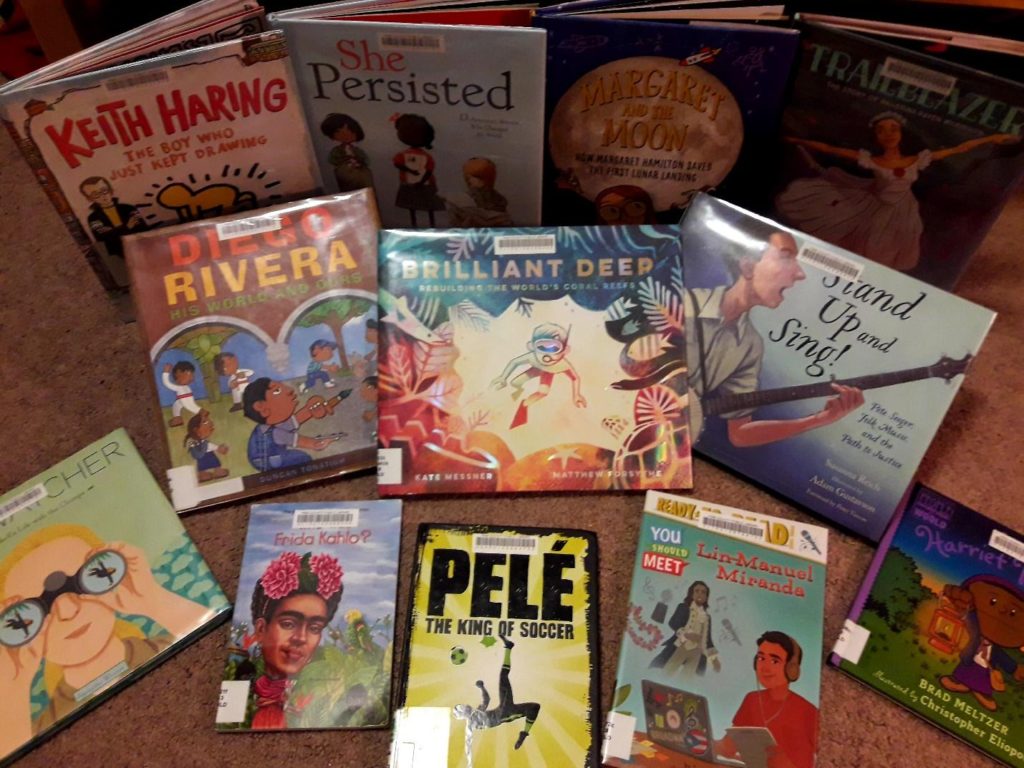
“Children are great imitators, so give them something great to imitate.” – Joy D. Jones
As young children, we look up to the people we see: our guardians, our older siblings, our favorite TV personalities, our storybook characters. During our formative years much of what we learn about the world comes from watching other people. We learn how to behave, how to communicate and how we are able to make a difference.
A great way to introduce kids to positive role models during this time is by exposing them to biographies. These stories celebrate the lives of individuals—both living and dead—that have somehow made an impact; by their very existence, they inspire children to make some sort of impact in their own lives. Not to mention, they educate readers about the world in an easy-to-understand fashion by attaching personal stories to historic and current events.
Children’s book biographies are not a new genre by any means, but they are part of a genre that has grown in recent years. Biographies don’t have to be about someone famous like Walt Disney or Martin Luther King Jr. to inspire a child (although these two can definitely be considered inspiring characters). Everyone has a story to tell, from athletes to artists, activists to astronomers. Exposing children to different types of stories about people living drastically different lives encourages them to try new things, to think outside the box. When a child reads that “it’s okay to be different” or that “math can be fun,” they internalize these ideas, building up their confidence and potentially building a platform to believe these lessons themselves.
So what makes a good biography? What invests a child in someone’s story, even if that someone lived long before the reader was even born? I think that biographies are most successful when they attempt to connect to the reader by drawing some sort of parallel between the subject and the reader. If average kids do not feel like they can relate to a story, or more importantly, emulate a story, because they are limited by race/class/SES/gender/etc., then they won’t get the same value out of reading it. Sometimes the stories about average individuals, celebrities and personalities that led normal lives before their rise to fame, and humble individuals can be the most effective.
Kids also need to be entertained, to an extent, by the story they dive into. Vibrant artwork, funny text, and quick moving plot can all contribute to engaging children in learning. Reading a biography because you enjoy it is a much different experience than reading one for a class assignment, and children will gain greater connections with the characters and concepts presented if they are fully engaged and feel ownership of the reading.
Biographies are venues to celebrate the past and empower the future. They give us nonfiction heroes and classic stories. They teach kids—and grown-ups—the importance of hard work, dedication, and passion.
And who knows? Maybe someday there will be one written about you.
Books Pictured:
PRR Writer, Mandy Becker